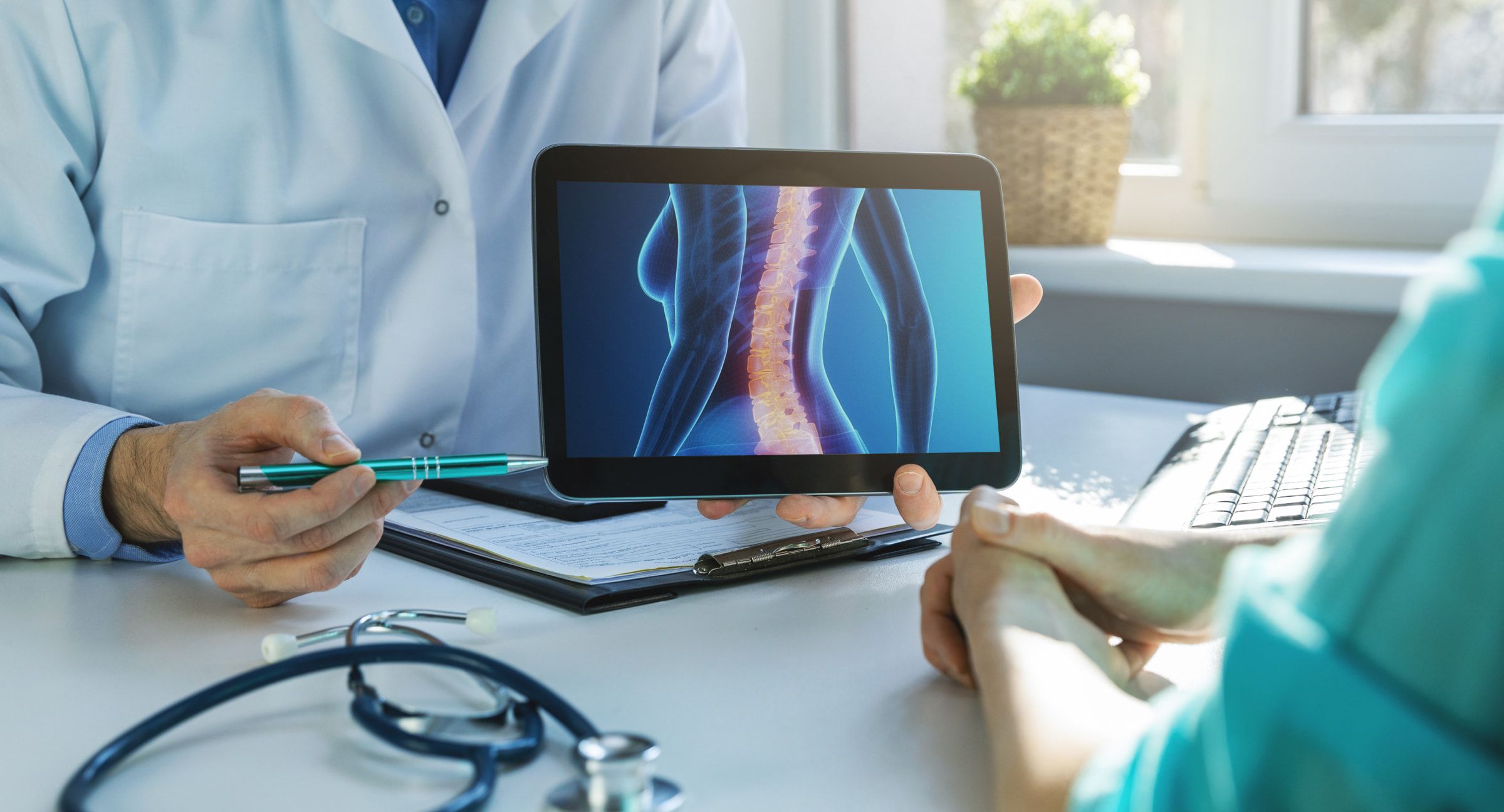- Adults
Spinal Decompression Therapy: What are the Top Benefits?

Considering Spinal Decompression Therapy?
Approximately 31 million Americans suffer from back pain each day. And, 80% of Americans will have back problems at some point during their lifetime. Unfortunately, little can help these people.
Both over-the-counter drugs and prescription drugs may reduce pain in some cases. Unfortunately, the effects are short-lived. And their side-effects may be anything from constipation to addiction.
Traditional Western medicine may also suggest surgery. That comes with its own considerable drawbacks.
Fortunately, alternative therapies, such as acupuncture and chiropractic medicine, have become readily available over the last decade. They’re less invasive approaches which offer long-lasting results.
If you suffer from back pain or spinal problems, chiropractic decompression therapy may reduce your pain and symptoms. When you’re ready to find out how, please read on.
Definition of Spinal Decompression Therapy
Spinal decompression therapy is an FDA-approved technology that’s most often used to treat disc injuries in the neck and lower back. It’s a type of motorized traction which helps relieve back pain. It works by gently stretching the spine.
This stretching reduces the compressive forces put on your spine by gravity and gives your spine more room between each vertebra. These changes take the pressure off the gel-like cushions between your vertebrae. In turn, water, oxygen, and other nutrient-rich fluids circulate more easily, healing injured areas more quickly.
Sciatica Relief
Sciatic nerve pain is pain that radiates along the path of your sciatic nerve. This nerve branches from your lower back through your buttocks and hips and down each leg. Typically, this nerve pain only occurs on one side of your body.
The pain is referred to as Sciatica, and most commonly occurs when you get a herniated disk or a bone spur that pushes on your sciatic nerve. It may also occur if you have a narrowing of the spine called spinal stenosis. This narrowing causes a similar compression of the nerve.
Those suffering from severe sciatica may also feel a significant weakness in the leg or bowel and bladder problems. Though mild sciatica usually goes away over time, you should see a specialist if your pain or other symptoms grow worse.
Fortunately, spinal decompression therapy is a non-invasive, pain-free treatment for sufferers of moderate to severe sciatica. Decompression therapy creates immediate relief for those of you suffering from sciatica, especially herniated discs.
When herniated discs lose their original shape, they begin to bulge the same way a tennis ball bulges when you apply pressure. When the discs bulge, they push on the sciatic nerve. When a chiropractor gives you a back decompression, these discs lose the bulge and regain their normal shape.
Once you remove the pressure from your sciatic nerve, the pain stops.
It may have similar results on bone spurs. It depends on where the bone spur is located and how it’s applying pressure to your nerve.
Worn Spinal Joint Relief
A three-joint complex connects each vertebra in your spine. This complex consists of two facet joints located at the rear of the vertebra and a large intervertebral disc located covering the rest of the space. This tripod gives you great stability, cushions your weight, and allows for movement in all directions.
Your facet joints may wear down or even tear if they’re under constant, repetitive motion, such as pitching a baseball. They may also begin to slip because there’s too much room between facet joints. Both conditions fall under the heading, “facet syndrome.”
When your facet joints grow inflamed, they become sore and stiff. Sufferers often report an increase in pain during long periods of inactivity, such as sitting in a cubicle or standing at a cashier station. This pain is often worse in the morning after you’ve been stationary in bed for 7 or more hours.
Traditional treatments include physical therapy, pain medication, or surgery. Fortunately, spinal decompression performed by a chiropractor is another alternative.
When your chiropractor treats you with decompression, he’s helping your body make more room between these facet joints. The increased space gives immediate relief to most patients.
When you return for further treatments, your body begins to recognize this new state as “normal.” As such, it begins to revert to this state naturally. As it adjusts over time, your pain will continue to diminish, not just after your sessions but all week long.
Pinched Nerve Relief
Pinched nerves are simply a byproduct of a lack of space in your body. Sometimes a herniated disc may protrude or rupture, creating pressure on your nerve. Other times, a bone abnormality may put pressure on your nerve.
When you relieve this pressure, you reduce the pain signals created by the nerve in question. It’s that simple, and that’s what spinal decompression is all about. It creates more room between your vertebra.
What Does a Spinal Decompression Session Look Like?
When you go in for a back or neck decompression session, you are fully clothed. Your doctor fits you with a harness around the trunk of your body and your pelvis. You lie either face-down or face-up on top of a computer-controlled table. Your doctor operates the table and customizes your treatment to your specific needs.
Treatments may last 30 to 45 minutes. You’ll likely need 20 to 28 sessions over 5 to 7 weeks before you finish. These treatments are often used in concert with other non-invasive treatments:
- Ultrasound (the use of soundwaves to create heat and promote healing
- Hot or cold therapy (the use of temperate to increase or decrease blood flow)
- Electrical stimulation (electric current which causes muscles to contract, detoxifying tissue)
Note: there are a few cases in which spinal decompression is contra-indicated. Don’t get spinal decompression if you have any of the conditions listed below:
- Pregnancy
- Tumor
- Fracture
- Metal implants in your spine
- Abdominal aortic aneurysm
- Advanced osteoporosis
One of the beneficial spinal decompression therapy side effects is increased blood flow. Unfortunately, in most of these contra-indicated conditions, increased blood flow actually does more damage than good.
What’s Next?
Now that you better understand the benefits of spinal decompression therapy, you can decide for yourself.
Is it a worthwhile alternative for you? If so, don’t hesitate — contact a chiropractor expert today.
Stop pain naturally and all us today! Avoid the risks of spinal injury and steroid injections, or the risk of getting addicted to opiates.


